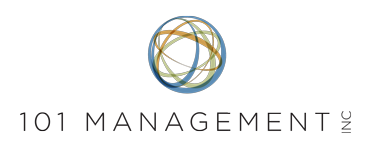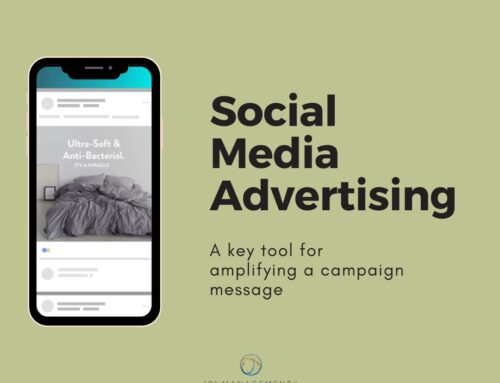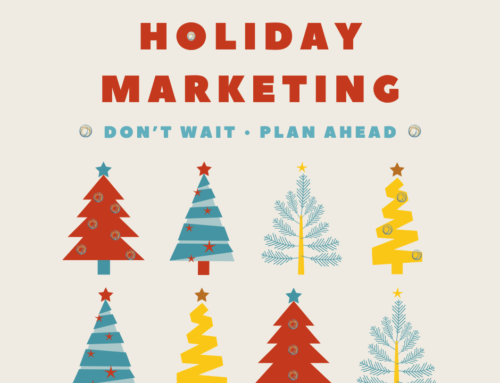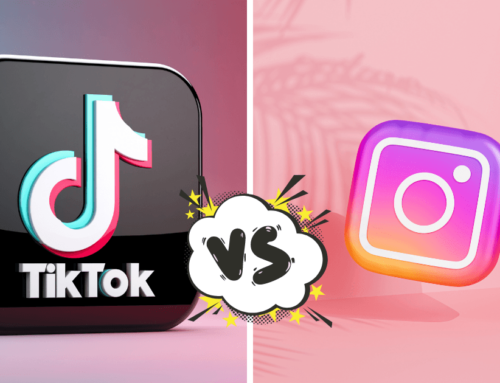We’ve talked a lot recently about how to get the most from your social media marketing, especially the fact that you need to make the best use of your limited time. The most important thing to remember is that the way you use these sites to boost your business will be different from how you use them for personal reasons.
To reach the greatest variety of demographic groups, Facebook is still the 500-pound gorilla in the room with over 2.2 billion monthly users. It is also easy to target various demographic groups and easy to manage. In a way, Facebook is like all the other social media sites combined. It allows you to communicate with your customers and help them find you (like Twitter), post photos (like Instagram and Pinterest), and reach other businesses (like LinkedIn). Because it probably knows more about its users than they do themselves, it’s a terrific tool for targeting your goal audience.
Owned by Facebook, this is not only a popular platform (over a billion users), it’s also ideal for showcasing photos and videos of your product. Its popularity stems in large part from its base as a mobile platform. With more than three billion smartphones in use today, this is the go-to social media site for the younger crowd. While Instagram can be viewed on a desktop, it’s geared more to mobile users. One caveat with using Instagram: Make sure your photos, stories, and videos are of the highest quality. Users on this site will be turned off by cheap-looking images.
This is the platform to use if you have a male dominant customer, or if want your posts to go viral, as posts are “retweeted” to other users. Your tweets can include links to anything you like, from your website page to recent blogs to interesting content and images. With Twitter, you can send out a tweet to all your followers, or a private message (DM, or direct message) to a single follower. You can also retweet—that is, forward—a message you have received to your followers. Twitter also allows you to organize the various users you follow into groups, to focus on the information you need to see the most. As with Instagram, the key to successful usage of Twitter are the hashtags (#s). These are the initials, acronyms, or words that signify the topic of the tweet, and they can not only expand your Twitter community, but help others find you. Your hashtags should be relevant and tied to current trends, where possible.
This site is geared for business-to-business (B2B) contacts, with over 260 million monthly users. It’s a place to post everything you’d like other businesses to know about yours, and to network with others in your industry. It allows you to join LinkedIn Groups specific to your industry, ask and answer questions in order to present yourself as an expert in your industry and to post job openings for your business. If you’re looking for a better-screened, higher-quality audience, however, this is the platform to use.
Think of Pinterest as a glossy women’s magazine, with the accent on beautiful visual images. Users “pin” (i.e., save, or bookmark) content that captures their interest to boards. The site’s Rich Pins feature allows businesses to add product information to their pins. As with the other social media sites, when one person “pins” your image, other users see it, thus multiplying your audience and increasing your visibility. If you have a business that lends itself to this type of visual medium (e.g., fashion, arts and crafts, recipes, home decor, etc.), this is a site you’ll definitely want to consider using.
If you need help deciding which social media sites will best suit your business, our social media experts can help you narrow down your choices to gain the most from your social media marketing efforts.










Leave A Comment